



Articles Related to ISP Chips
With the rapid development of artificial intelligence, image recognition, and smart devices, Image Signal Processing (ISP) technology has become increasingly important in the electronics industry. As the core component of image processing systems, ISP chips directly determine the imaging quality and processing efficiency of cameras, image acquisition modules, and vision applications. This article will explore the definition, technical features, application fields, and development trends of ISP chips.
I. Concept of ISP Chips
An ISP chip is an integrated circuit specifically designed for image signal processing. It handles and optimizes the raw signals from image sensors (such as CMOS or CCD). Its main functions include noise reduction, color correction, white balance, gamma correction, sharpening, HDR composition, and more, producing high-quality images that meet human visual perception or back-end processing requirements. In short, the ISP chip is the critical bridge between “light” and “vision.”
II. Main Features of ISP Chips
- High Integration: Modern ISP chips often integrate multi-level processing modules, completing tasks from signal preprocessing to image enhancement in one unit, reducing dependence on external circuits.
- Real-Time Performance: Since image processing must be completed in milliseconds, ISP chips possess strong parallel computing capabilities to ensure smooth video and image output.
- Low Power Design: To meet the needs of mobile devices, ISP chips optimize both hardware architecture and algorithms for power efficiency, thereby extending battery life.
- Programmability and Algorithm Support: Some ISP chips support algorithm customization or firmware upgrades, enabling them to adapt to various application scenarios.
III. Application Fields
- Consumer Electronics: Devices such as smartphones, tablets, and digital cameras rely on ISP chips for high-resolution imaging, night mode optimization, and portrait enhancement.
- Security Monitoring: ISP chips play a key role in surveillance cameras, improving clarity and dynamic range in low-light environments.
- Automotive Electronics: In ADAS and autonomous driving systems, ISP chips ensure real-time reliability for front-view, surround-view, and rear-view cameras.
- Industrial Inspection: In machine vision, optical inspection, and automated production lines, ISP chips deliver high-precision image processing to support smart manufacturing.
- Medical Imaging: Used in endoscopes, ultrasound devices, and other imaging systems, ISP chips provide high-resolution and high-contrast images to assist doctors in diagnosis.
IV. Development Trends
- AI Integration: In the future, ISP chips will integrate with AI accelerators to enable intelligent functions such as object detection, facial recognition, and scene segmentation.
- Ultra-High Definition Support: With the spread of 8K and AR/VR applications, ISP chips must process images with higher resolutions and frame rates.
- Low Power and Miniaturization: IoT and wearable devices demand ISP chips with lower power consumption and higher levels of integration.
- Open Ecosystems: Manufacturers are gradually opening ISP interfaces and algorithm tools, helping developers rapidly achieve differentiated functions on general-purpose platforms.
V. Conclusion
ISP chips are at the heart of modern electronic devices’ image processing chain, and their performance directly affects user visual experience and system intelligence. Whether in consumer electronics, industry, automotive, or medical fields, ISP chips demonstrate irreplaceable value. Looking forward, with the development of AI and big data, ISP chips will evolve toward greater intelligence, lower power consumption, and higher performance, becoming a key driver of innovation in visual applications.

Please contact us if the source is mislabeled or violates your legal rights.
We will promptly correct and delete, thank you.
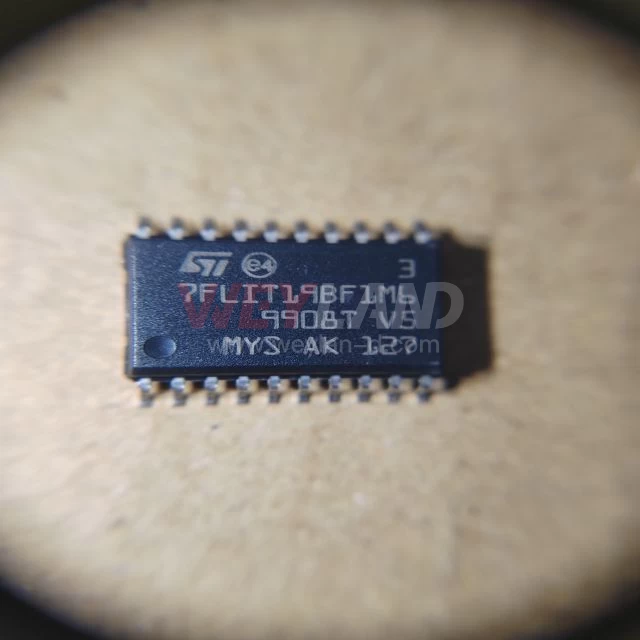
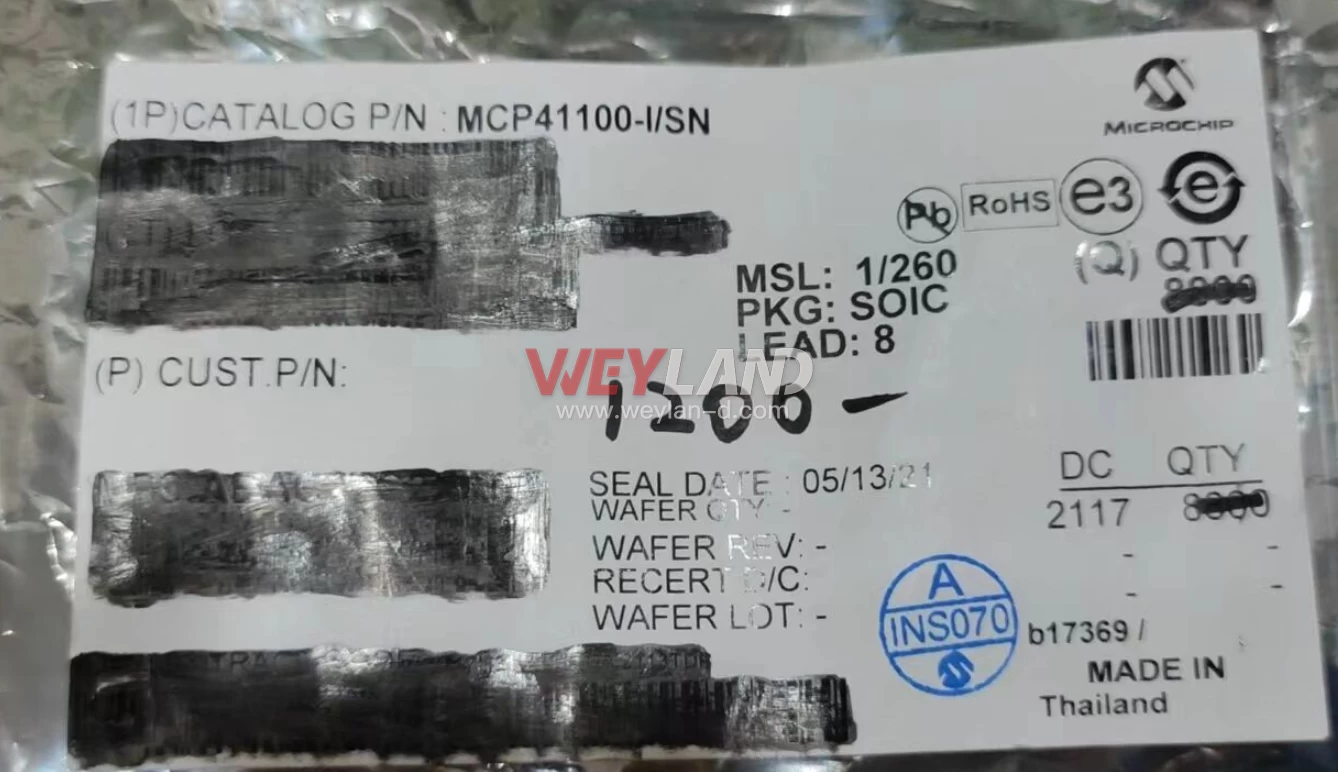

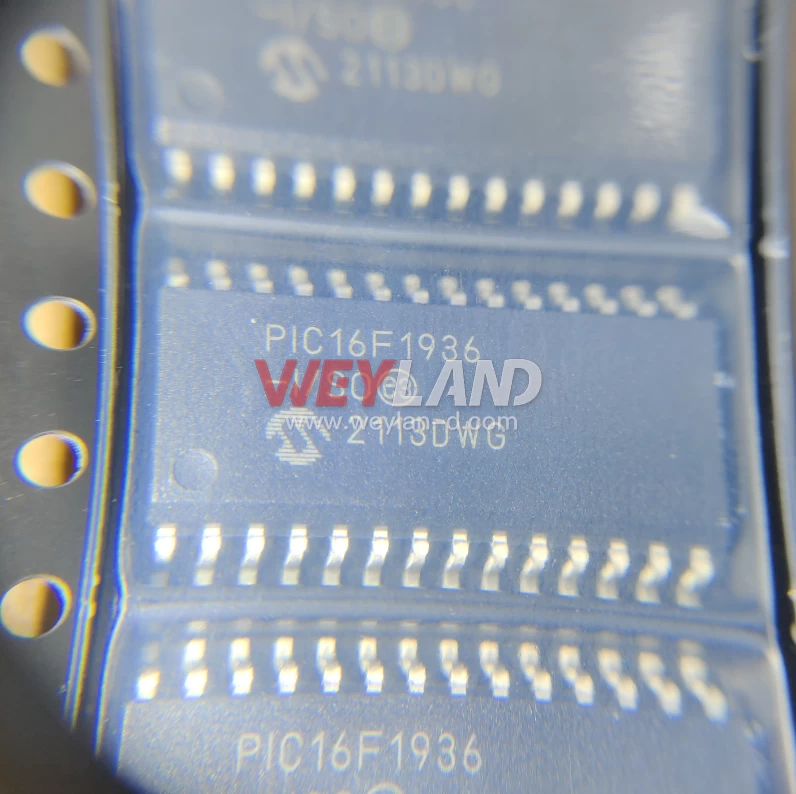

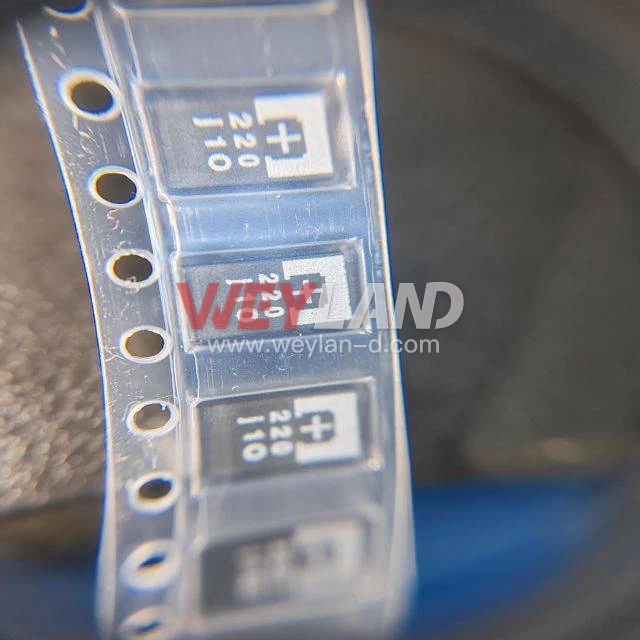
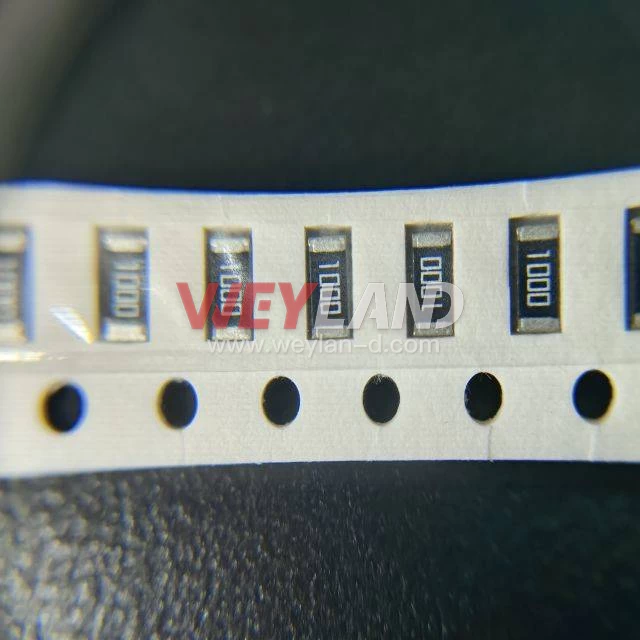
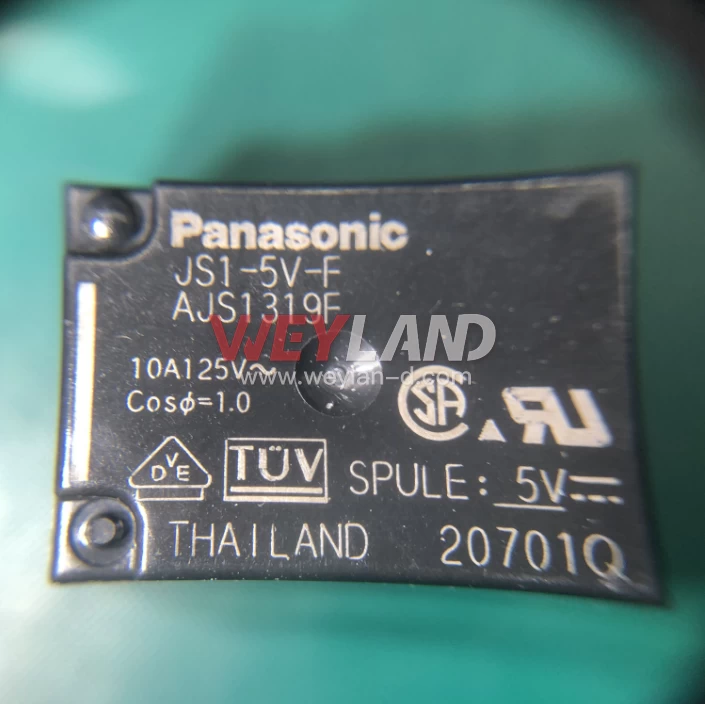
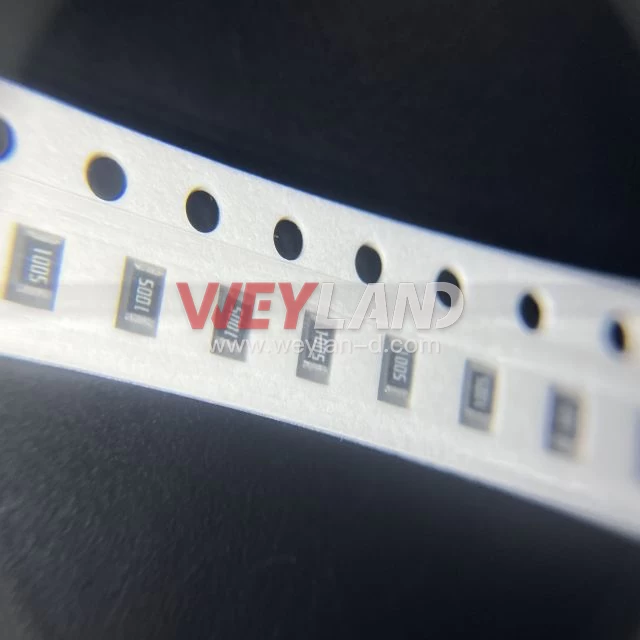
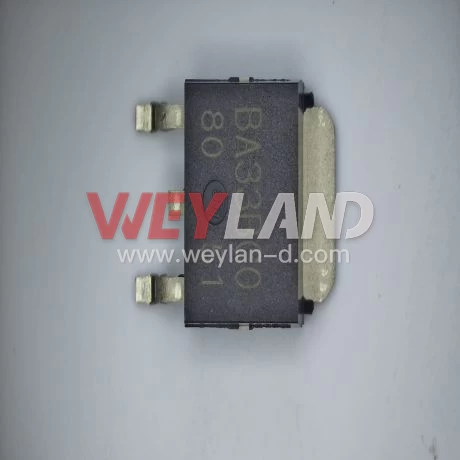
.9246509.png)












[email protected]
7500A BEACH ROAD #04-307 THE PLAZA SINGAPORE (199591)
RM 705.7/F.FA YUEN COMM BLDGNO.75-77.FA YUEN STREET.MONGKOK.KLN.HONG KONG
